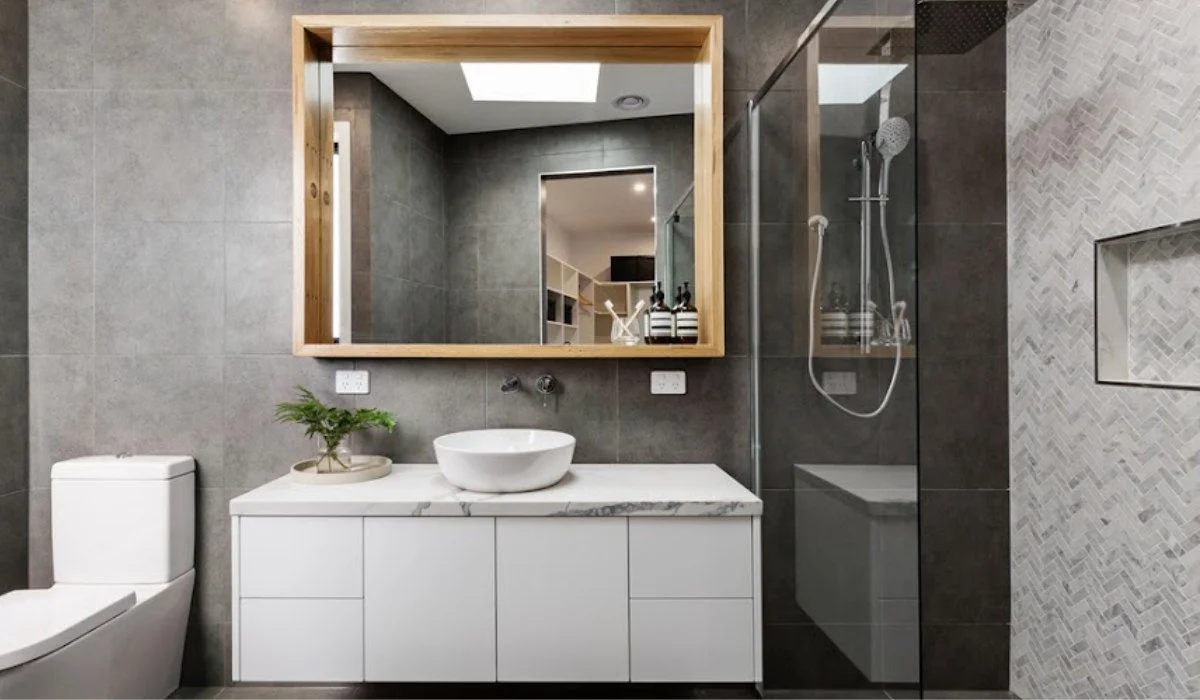Your vanity selection must complement the overall style of your bathroom. Decide whether you want it to stand out or blend in and then select decorative accents like hardware that reflect this choice.
Consider your storage requirements carefully; check that doors and drawers open completely without hitting walls or shower doors, and consider materials which withstand moisture better than others.
Style
A vanity adds the perfect finishing touch to a bathroom, tying its design together and offering endless style choices from simple to elegant. White vanity are always timeless but blue or brown shades can create more of an eye-catching design statement.
A floating vanity is ideal for smaller bathrooms, taking full advantage of any available floor space below it. For added storage space, consider selecting one equipped with cabinets or drawers.
Some vanities come equipped with backsplashes to protect walls from water damage while adding an eye-catching decorative element to the room. If you don’t want to purchase or install one yourself, you can customize one yourself so it fits with the vanity color or style. When placing either freestanding or built-in vanities in any location, ensure they won’t interfere with traffic flow, block access to toilet alcoves, showers or tubs or interfere with door swings and clearance requirements when opening cabinet doors.
Function
Your bathroom vanity should serve more than just its aesthetic purpose – it must also serve a practical one! Your selection will depend on the type of bathroom in which it will go; for instance, in an ensuite shared by multiple people it might make sense to opt for double sink vanities.
As well as considering the dimensions of your space, it is also essential that you consider how a vanity will relate to other elements in the room – will it obstruct traffic between the tub, shower and toilet alcoves or block their path altogether?
Vanity cabinets provide plenty of storage, helping to hide clutter and keep supplies organized. You can choose a finish color to complement the decor in which they will sit. Lighting is essential to vanity spaces as it enhances personal care routines; install task lighting in either side of your mirror for optimal task lighting – warm bright tone bulbs will produce the best effect!
Materials
Your vanity will come into contact with numerous substances – water, spilled makeup or cleaning products, steam etc – so it is essential that the materials chosen can withstand moisture and humidity levels.
Quartz, granite and marble countertops are highly popular choices that combine durability with elegance in bathroom designs. Glass vanities provide a more contemporary alternative than wood or stone counters; their variety of colors and patterns makes them suitable for any style decor.
Plywood is an ideal material for building vanity cabinets, as it is less susceptible to moisture damage and comes in various shades that complement any bathroom aesthetic. MDF can also be used as part of bathroom vanities but should be protected with laminate or industrial sealants to guard against moisture damage; otherwise it tends to sag over time.
Budget
No matter the scope or design of your bathroom renovation, choosing a vanity will play a huge role in shaping your budget. Material choices have an effectful cost impact; in particular, some materials may not be appropriate in humid environments where bacteria thrives.
Solid wood vanities tend to be more costly than particle board or medium-density fiberboard (MDF), yet these materials provide durability and beauty that will stand the test of time.
One important consideration when budgeting for a vanity is choosing the type of faucet to install; single-hole models offer sleek modern looks while widespread are more traditional. Also consider whether you would prefer wall or floor-mounted sinks; wall mounted ones are generally cheaper as they can easily be moved without disrupting plumbing structures; additionally the amount of storage space you require will influence cabinet and counter material decisions as well.


